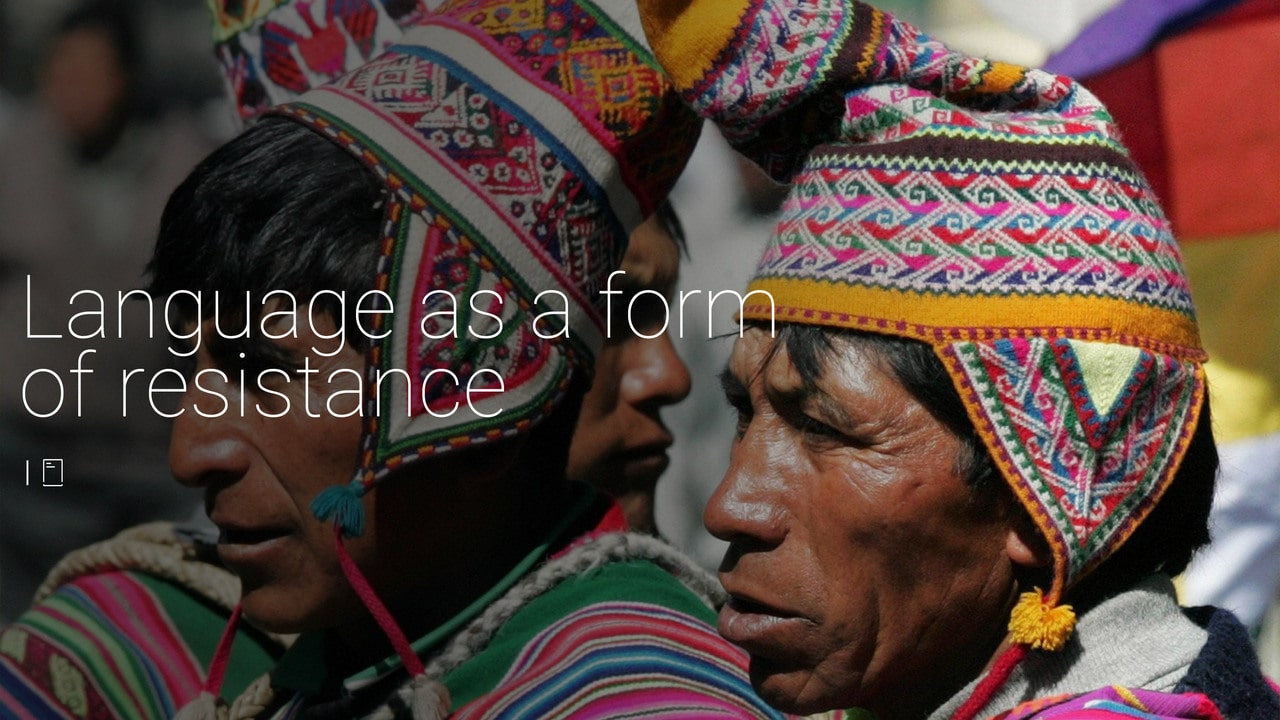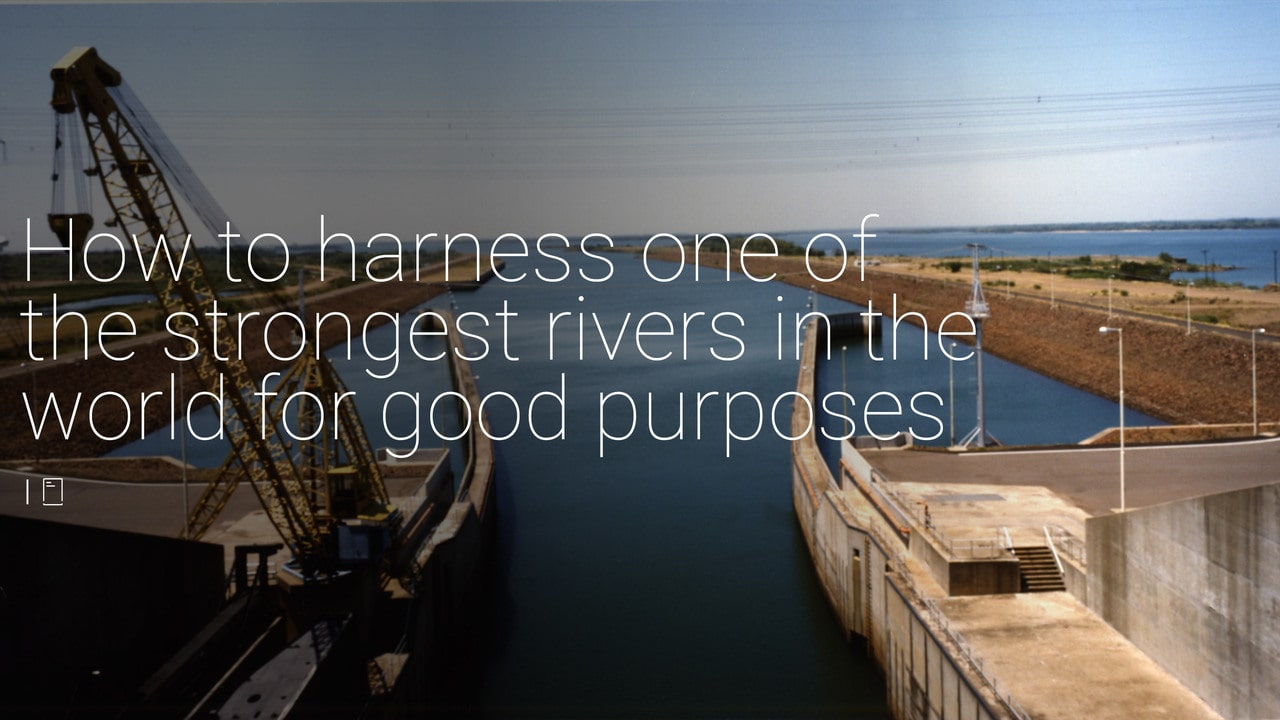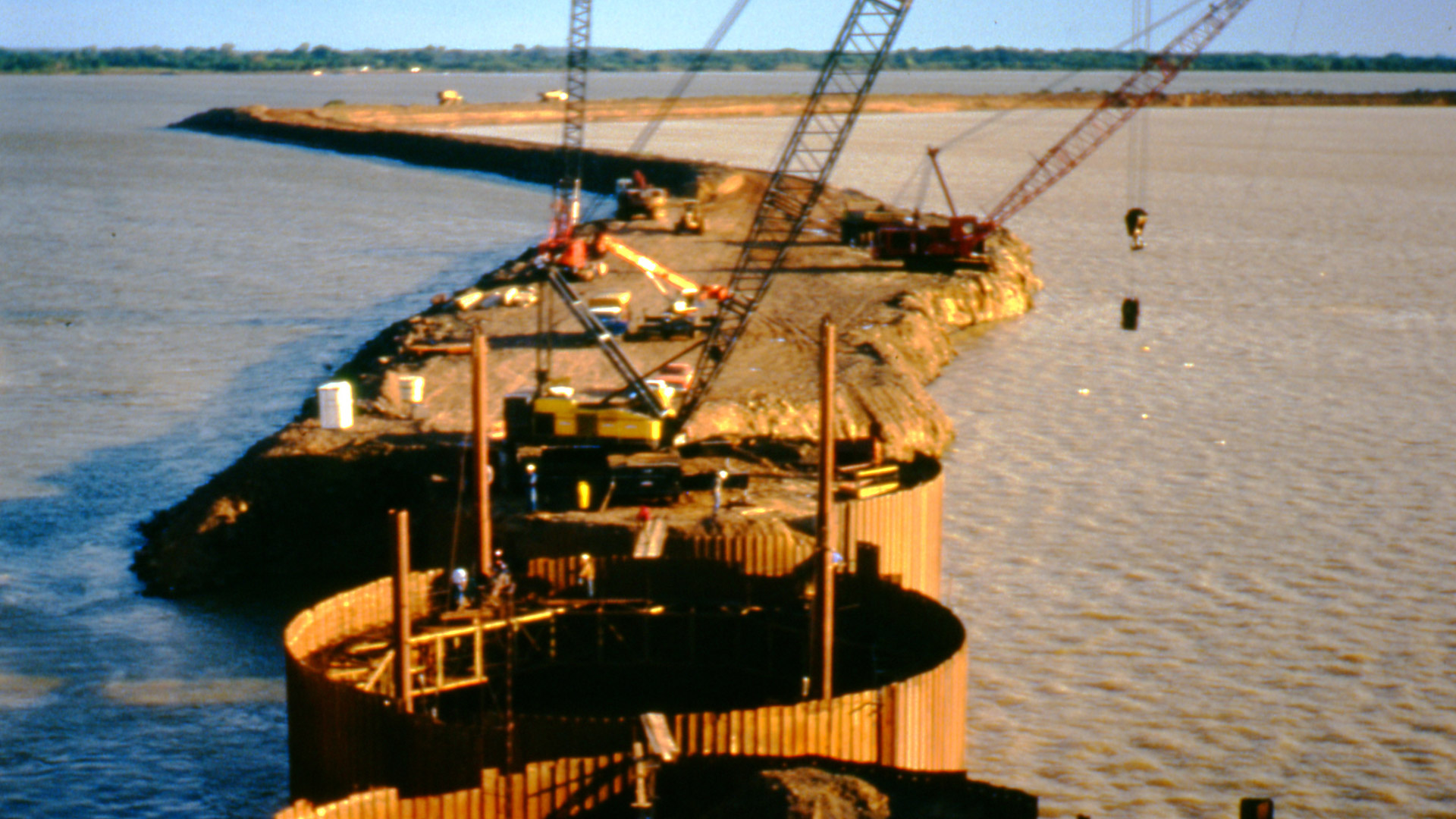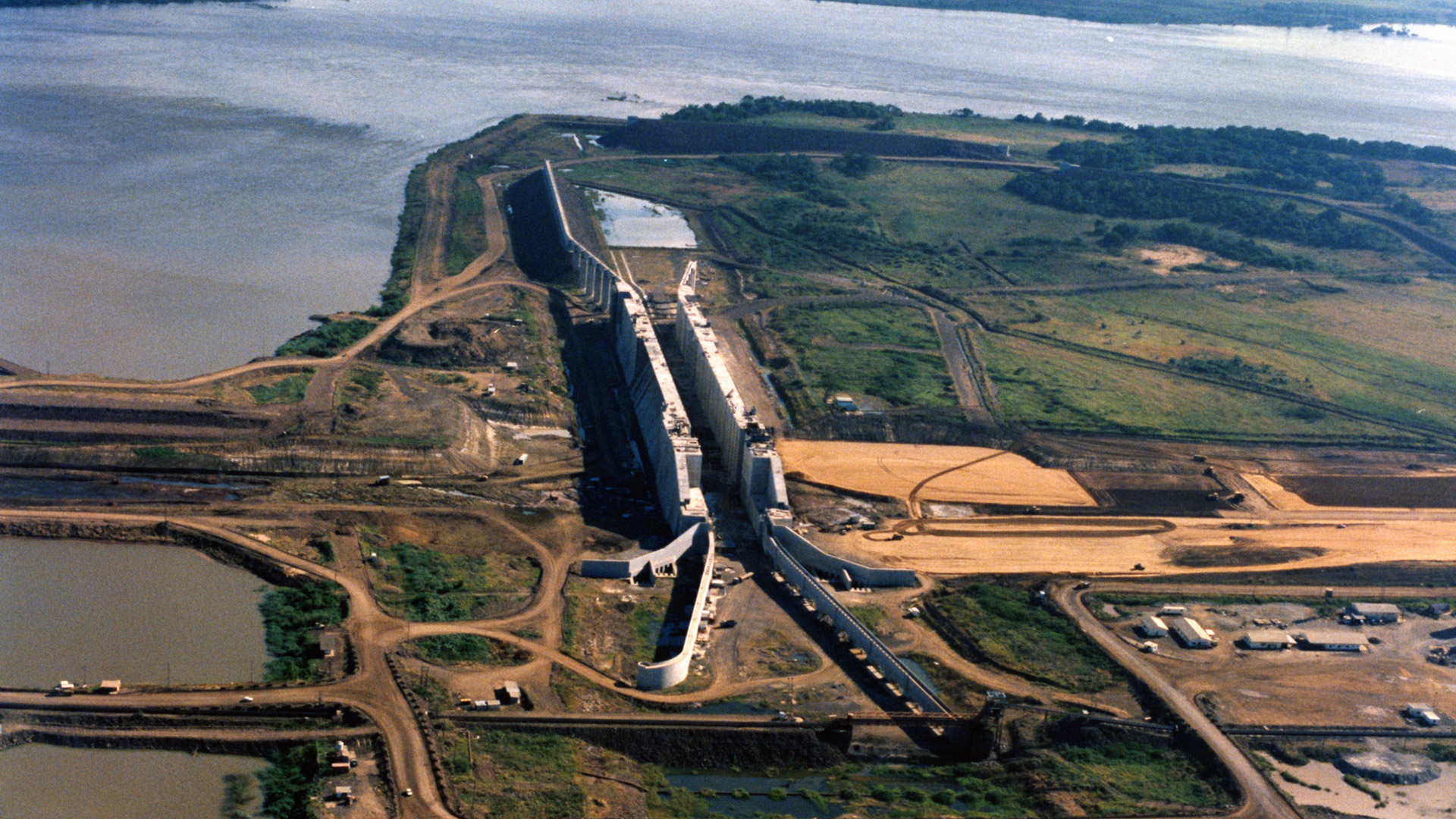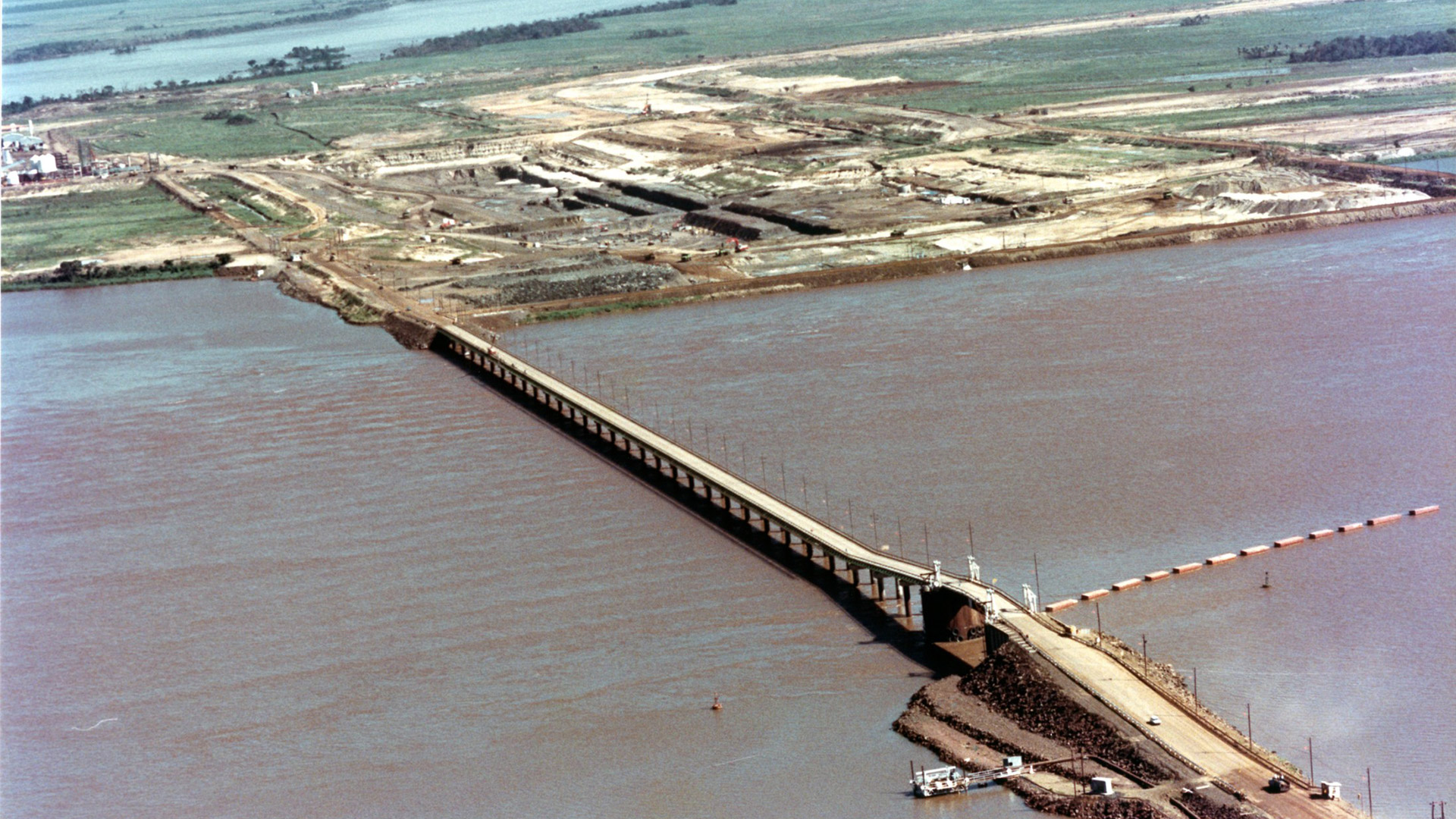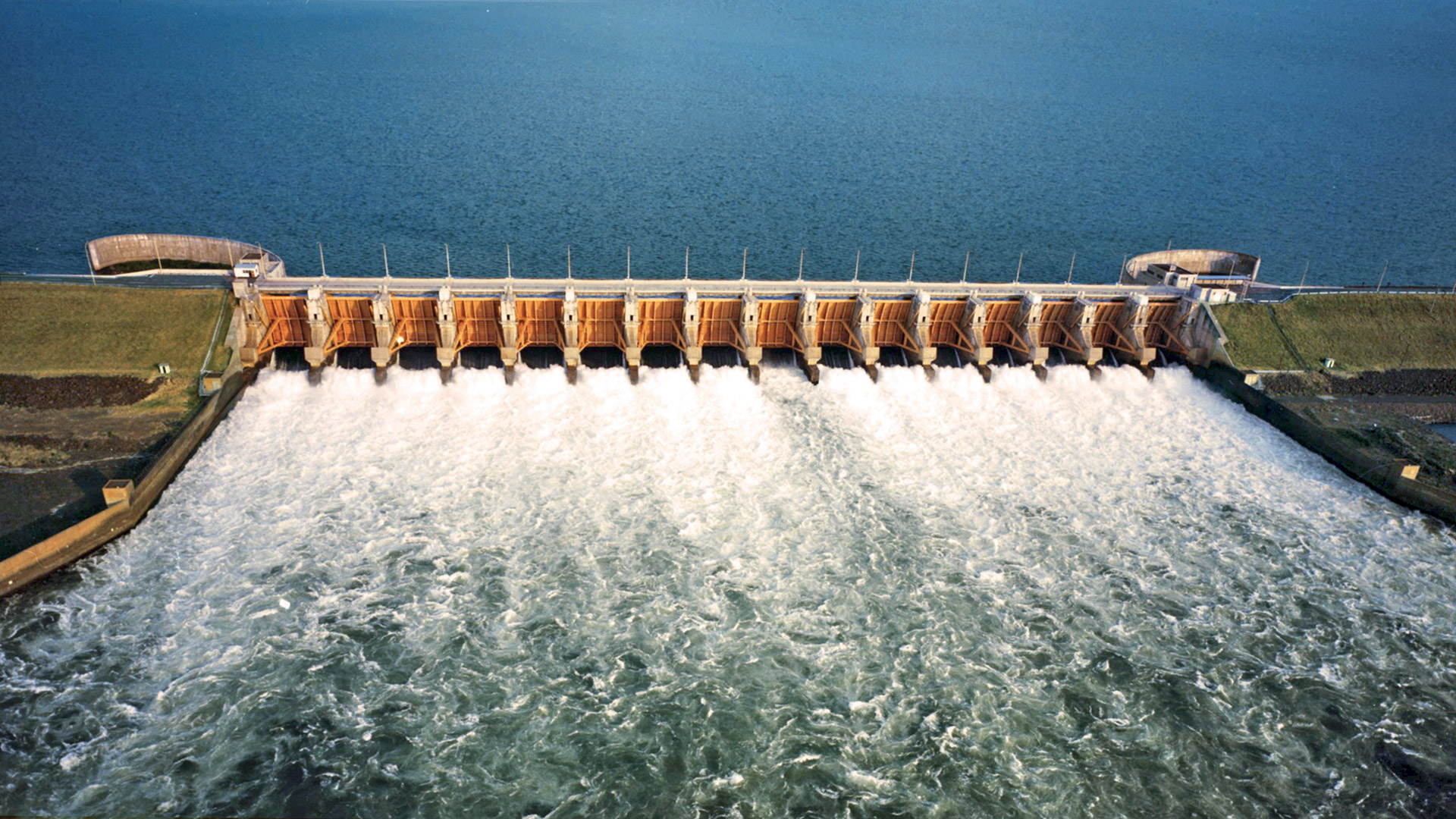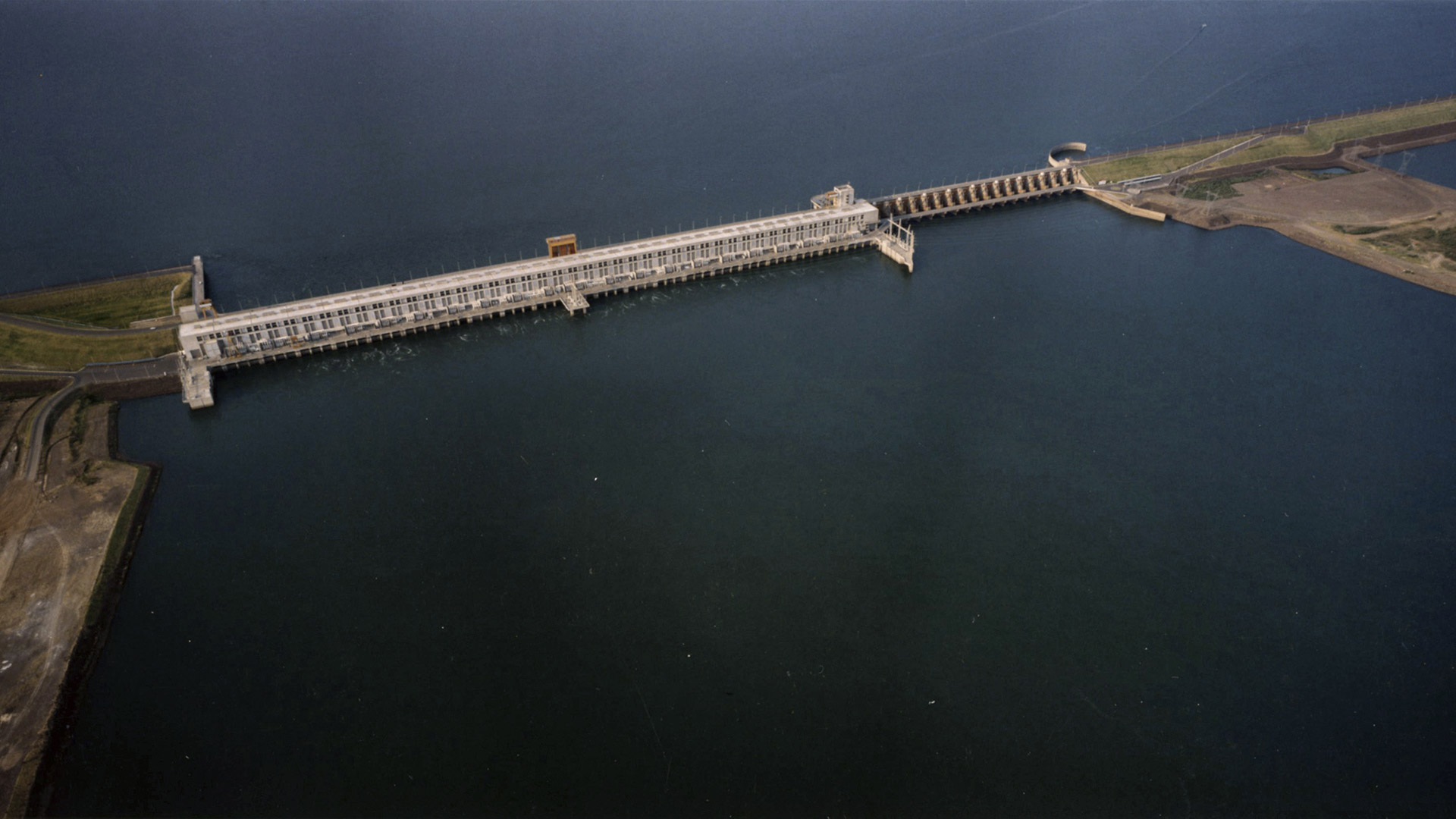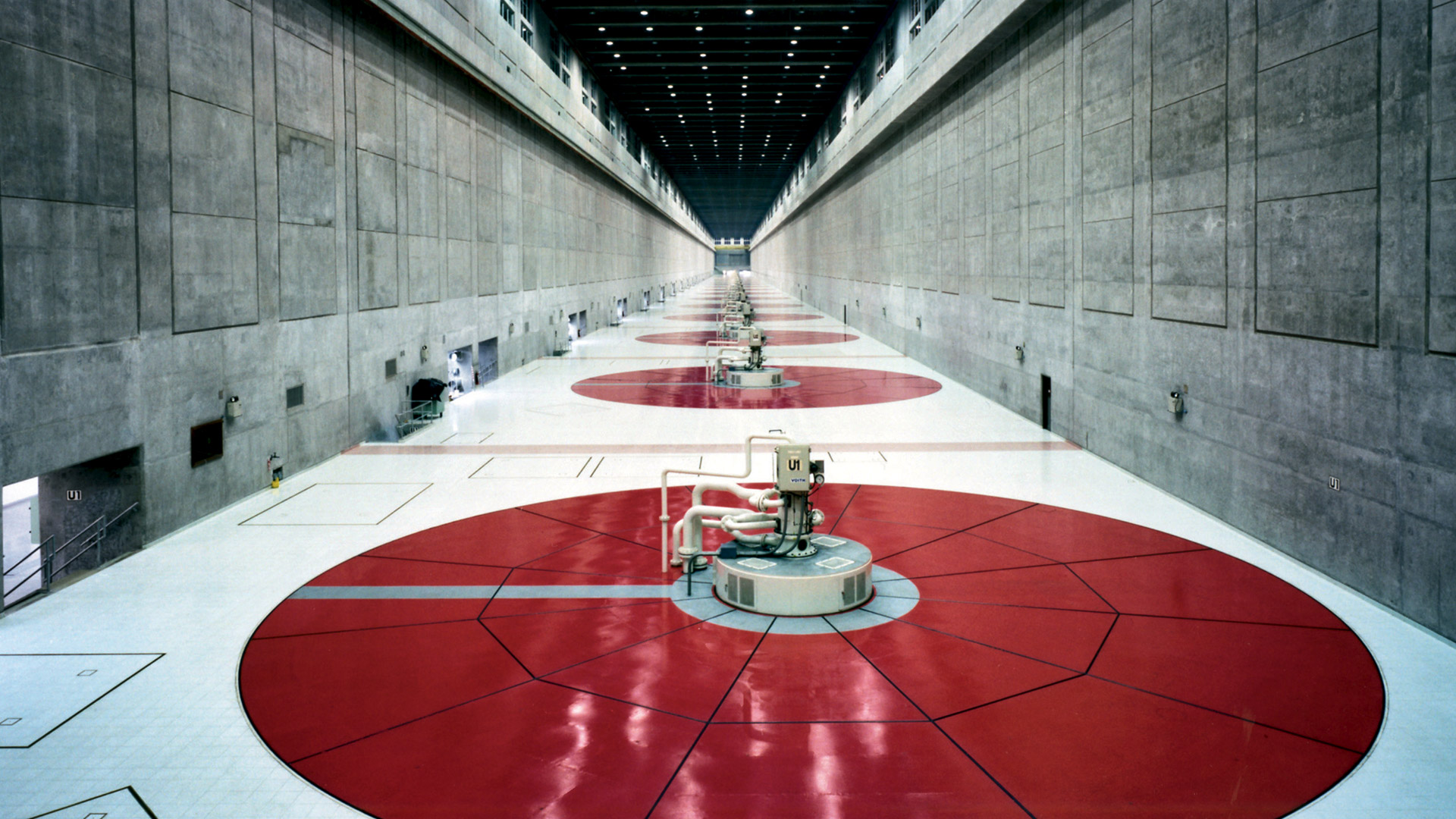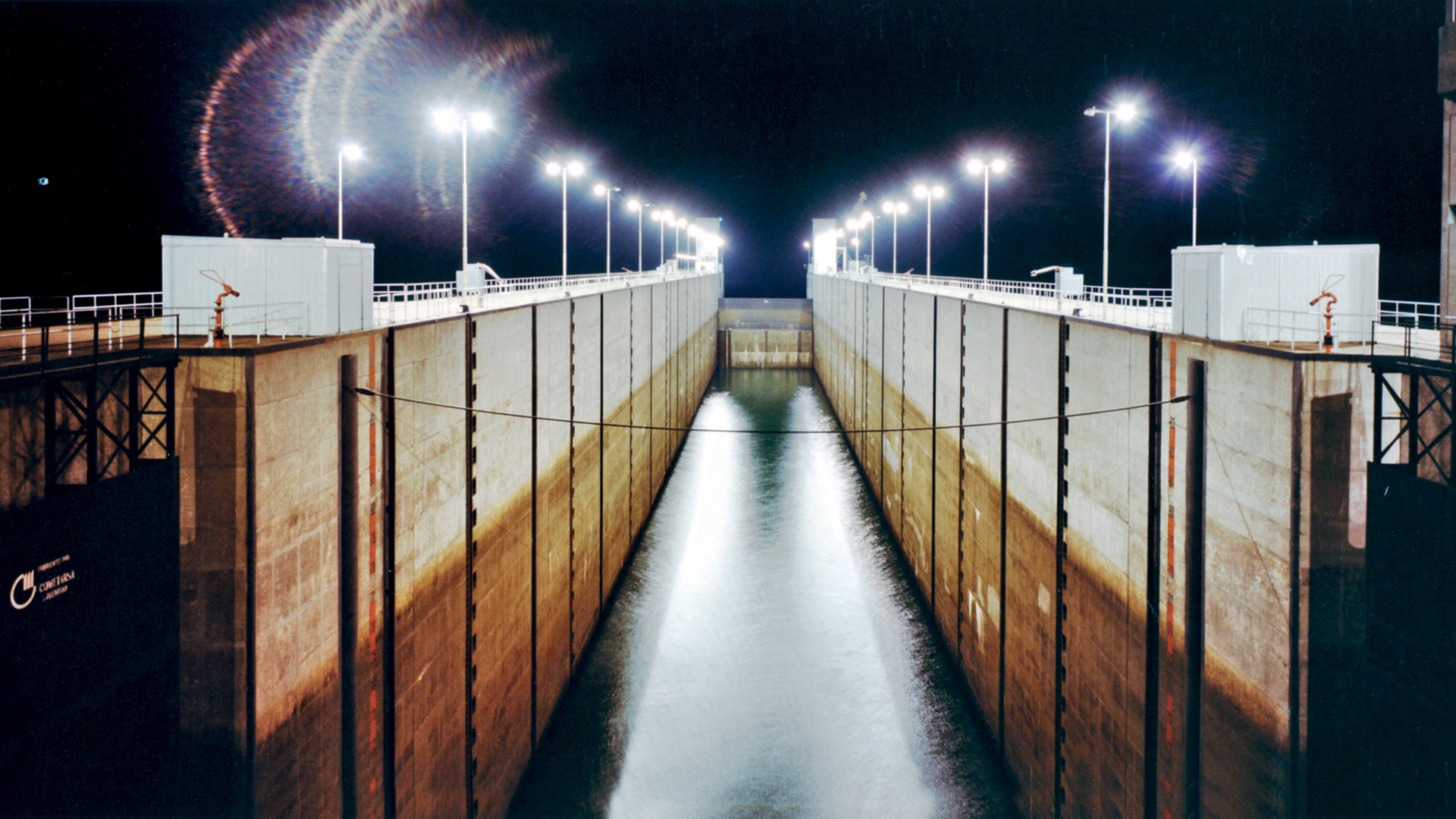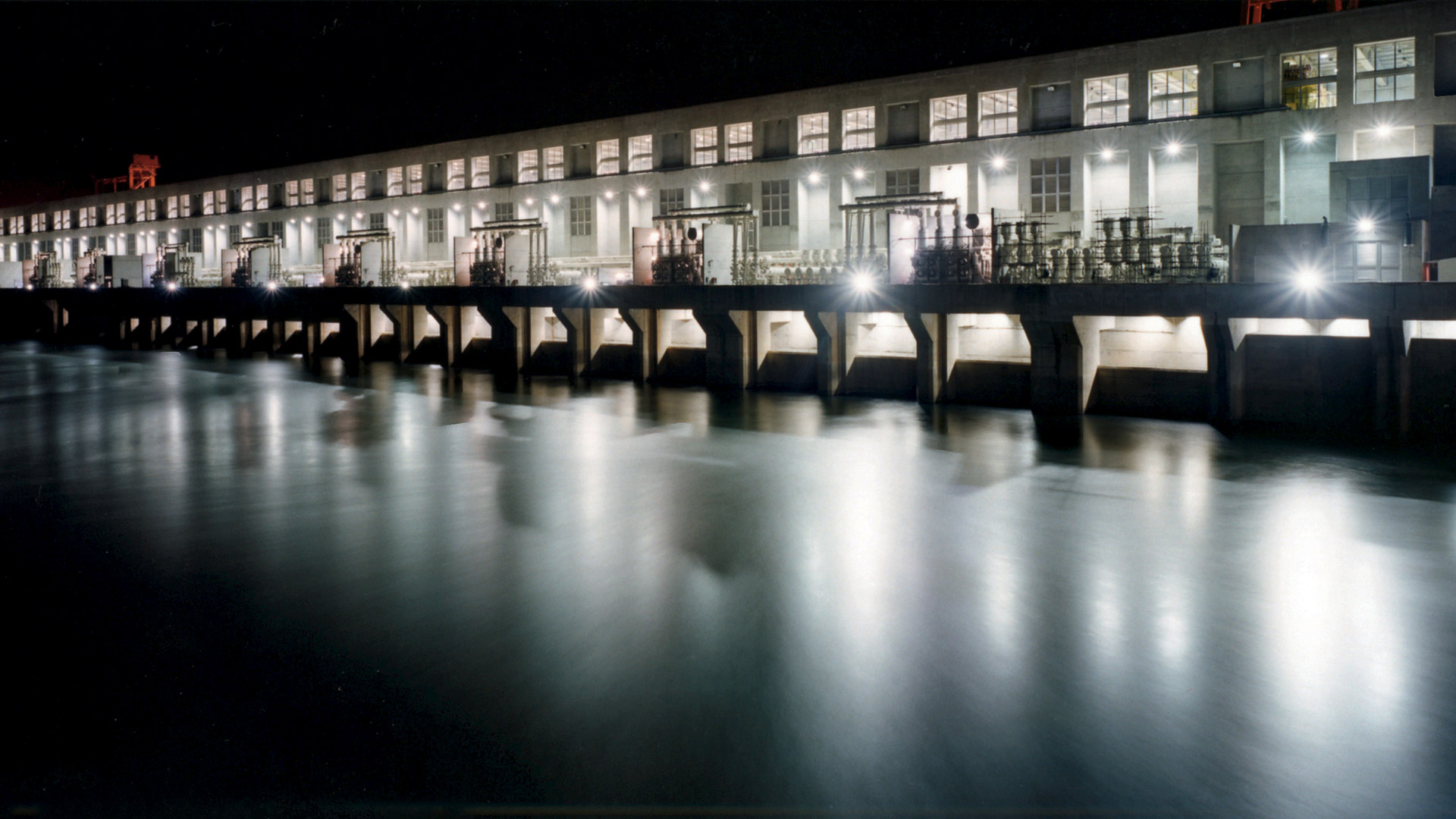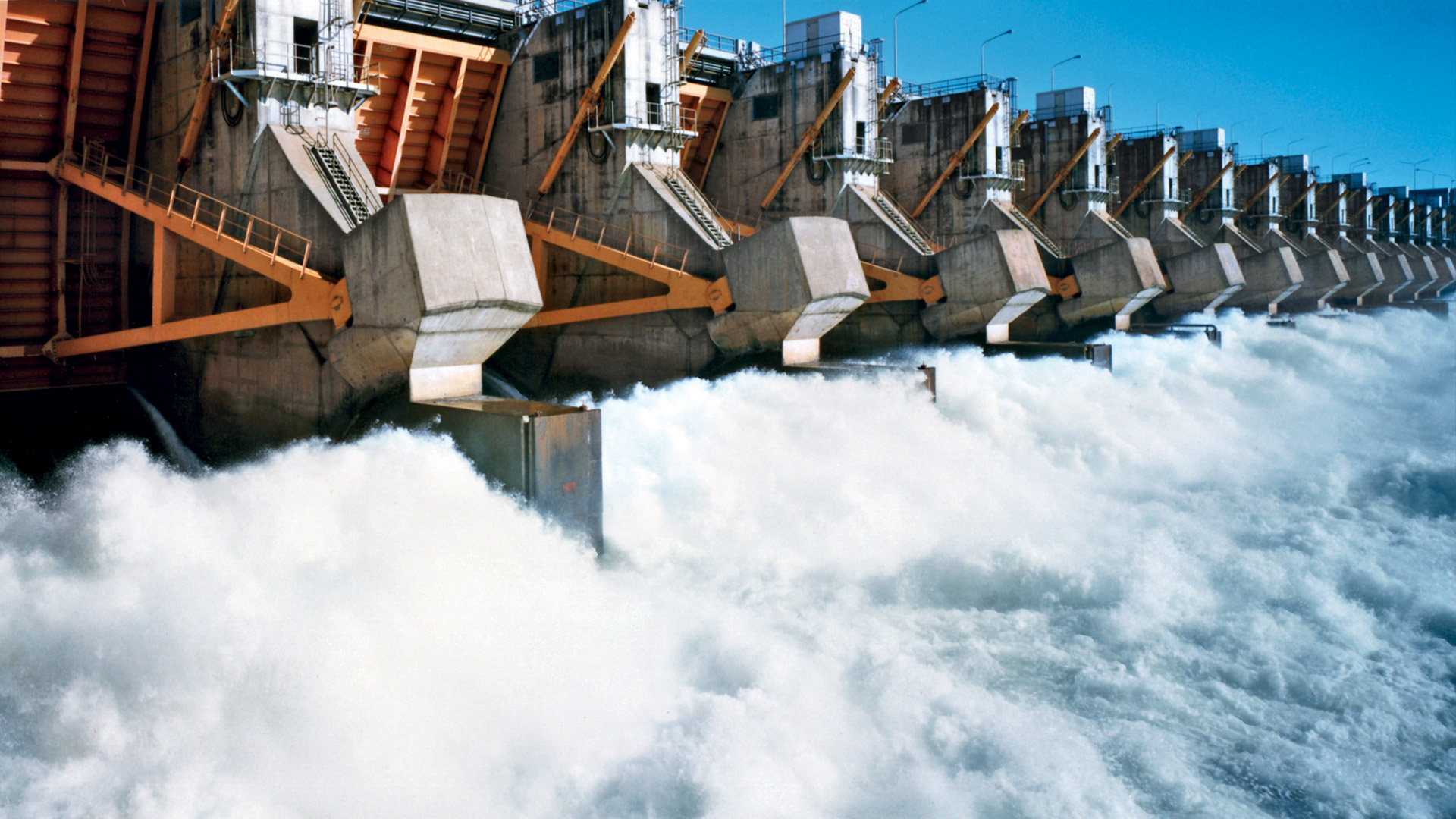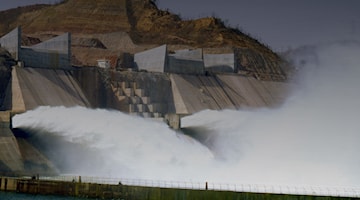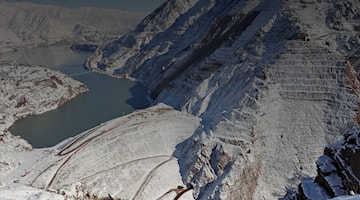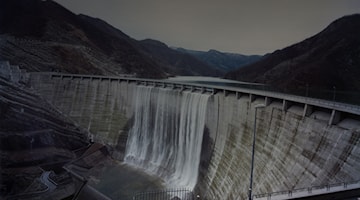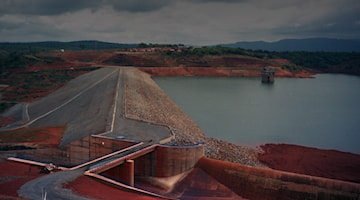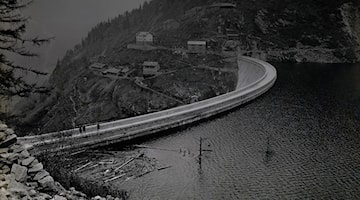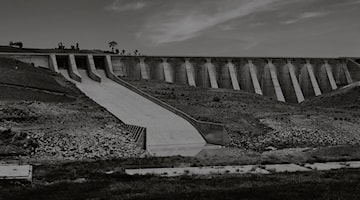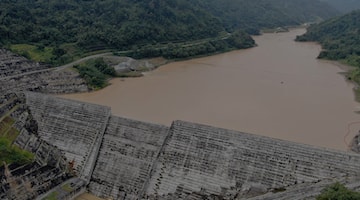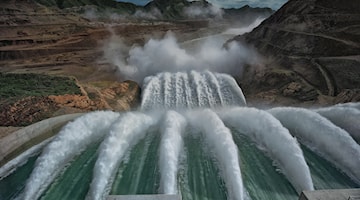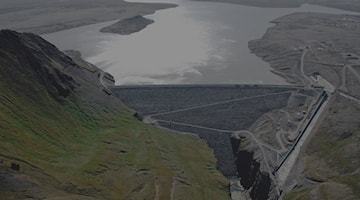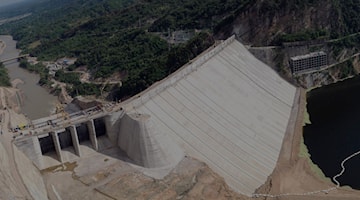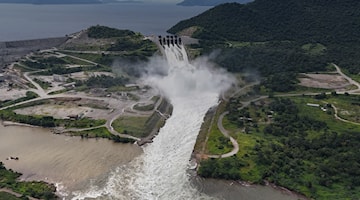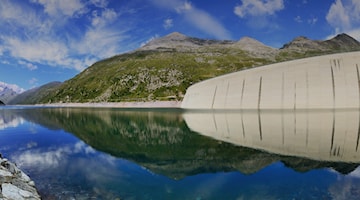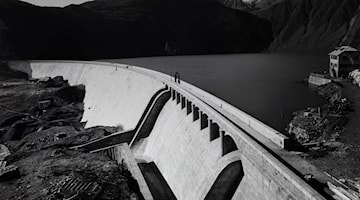The Good Giant's resources
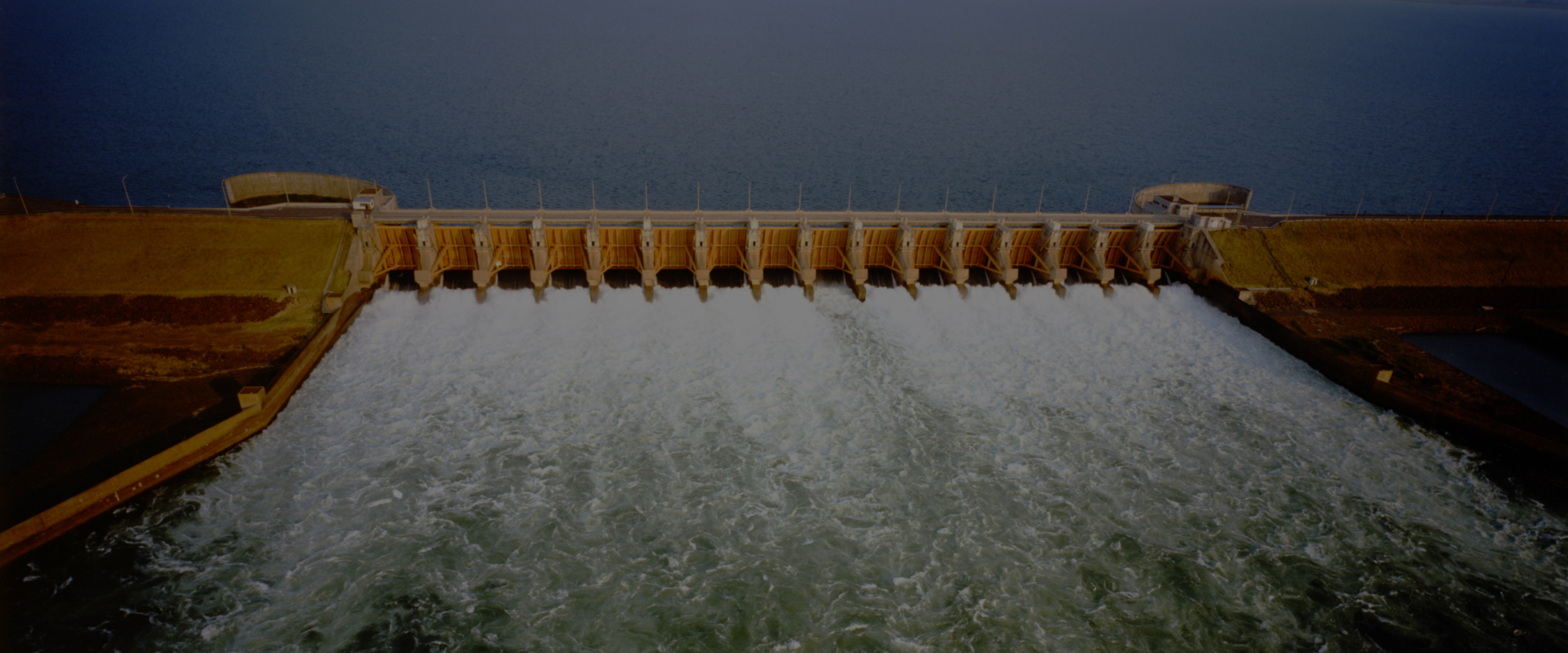
YACIRETÁ HYDROELECTRIC PROJECT, ARGENTINA
The world's eighth longest river and the second in South America, only to the Amazon River, it measures almost 4,880 km. Río Paranà, provides water to 40 million people, covering an important part of transport, electricity, fishing and irrigation. 95% of goods travels to and fro, from Paraguay, and 70% of these, from Argentina to the Atlantic and to the rest of the world.
Also known asthe "Good Giant", and by others as the "Brown giant". Its name comes from the Guarani language, where Para-nà means "like the sea", a name given to it for its length and force. Even if the most severe periods of drought have lowered it to 6,200 cubic metres per second, it still has an average flow rate of 17,300 cubic metres per second (the tenth in the world).
It is a majestic river just like the sea. And that is why its waters supply one of the world's longest dams, the Yaciretá: it extends for 70 km along the Argentinian-Paraguayan border, approximately 80 km downhill from the cities of Encarnación and Posadas. Its construction was decided in 1973 thanks to an agreement with the two nations. And works began in 1983, ending in 1998, with physiological delays due to the fact that the project, at an engineering level, was very challenging, and also to safeguard the environment, biodiversity and the local population.
With a surface area of 1,600 square kilometers, the Yacyretá dam reservoir has a capacity of 21 billion cubic meters.
The dam starts on the Argentinian bank, crossing the navigable Apipé, and develops on Yacyretá island. It then crosses the Aña Cuá, continuing within the Paraguayan territory to San Cosme y Damián. A lock near the Argentinian bank allows and eases navigating the river. The dam, by controlling and deviating the river, also allowed the population to implement other uses, from fishing to transport.
Having become a tourist attraction, over the years, this incredible infrastructure has led to an annual reduction of 265,000 tons of CO2 emissions and marked a key chapter in the country's transition to renewable energy sources. Argentina is the fourth worldwide producer of lithium (without which, we could not recharge our devices' batteries), aims at reaching 20% of the energy mix by 2025. According to end-2024 reports, the share of renewable sources is estimated at 17%, which represents a significant improvement compared to the initial levels, but not enough to meet the established targets
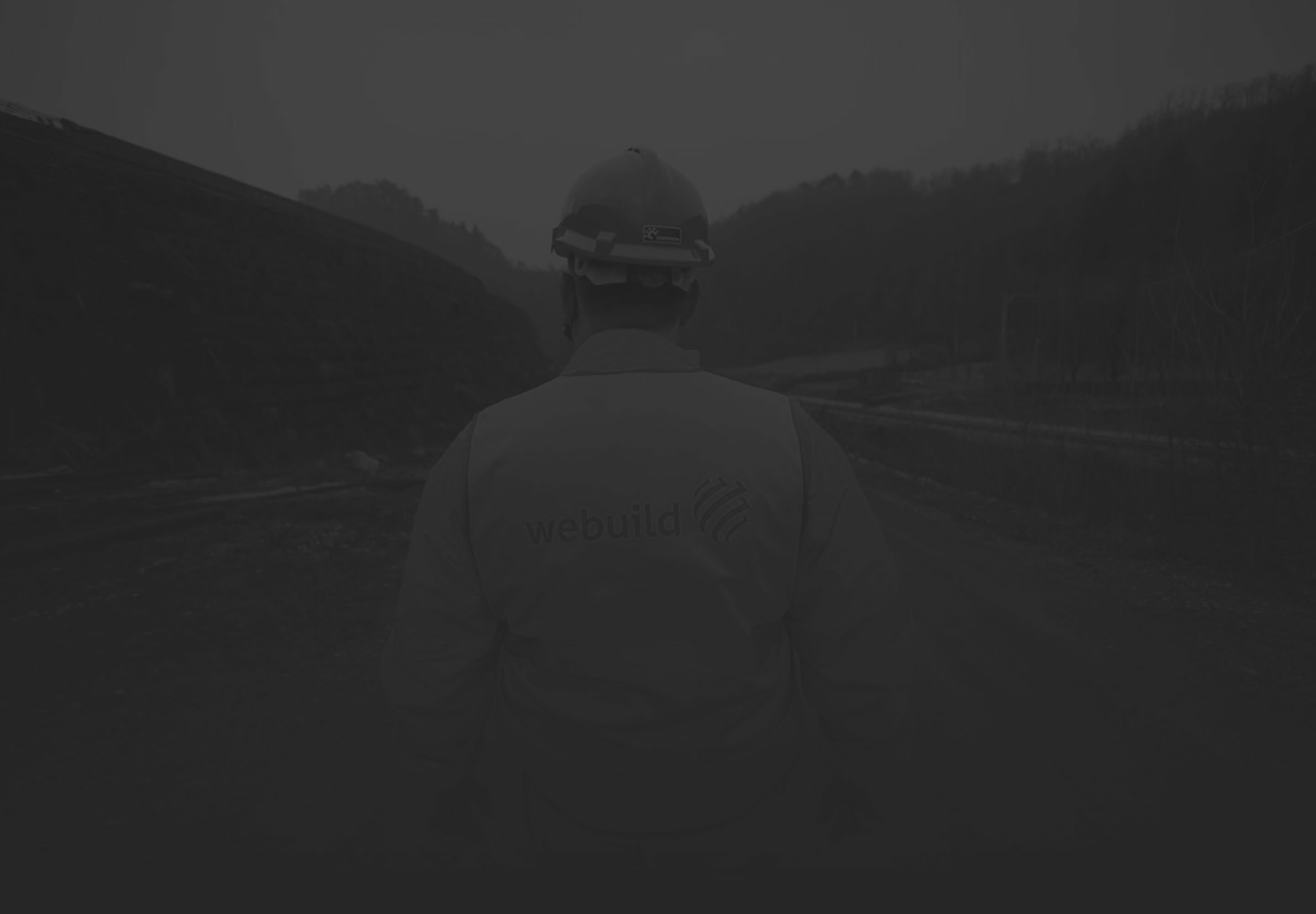
THE WORK AND THE TECHNIQUE
KM DAM LENGTH
M³ RESERVOIR
M² RESERVOIR AREA
M³ ROCK EXCAVATIONS
M³ CONCRETE
MW INSTALLED CAPACITY
T STEEL
GWH/YEAR AVERAGE ENERGY PRODUCTION
PEOPLE INVOLVED IN THE WORKS
Entidad Binacional Yacyretá (EBY)
Impregilo (joined the Group today Webuild) lead contractor of the 35 companies of the Eriday U.T.E. Consortium.
Works to build the Yaciretá dam were awarded to the 35 companies of the Eriday U.T.E. Consortium led by the Italian Impregilo, later merged into the current Webuild Group.
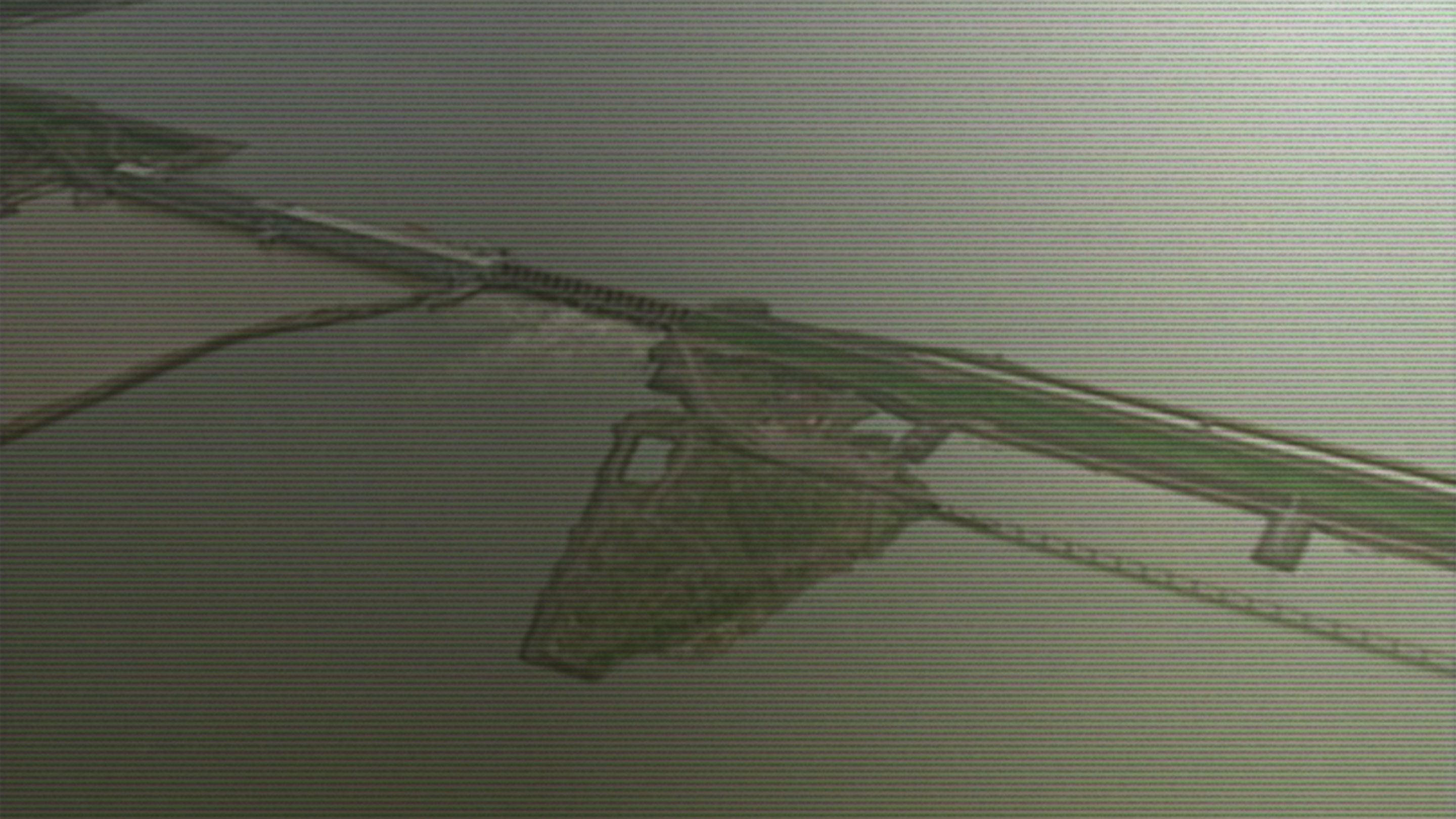
Yaciretá.
La più grande
diga del mondo
(Rubino Rubini, 1996)

CULTURAL INSIGHTS
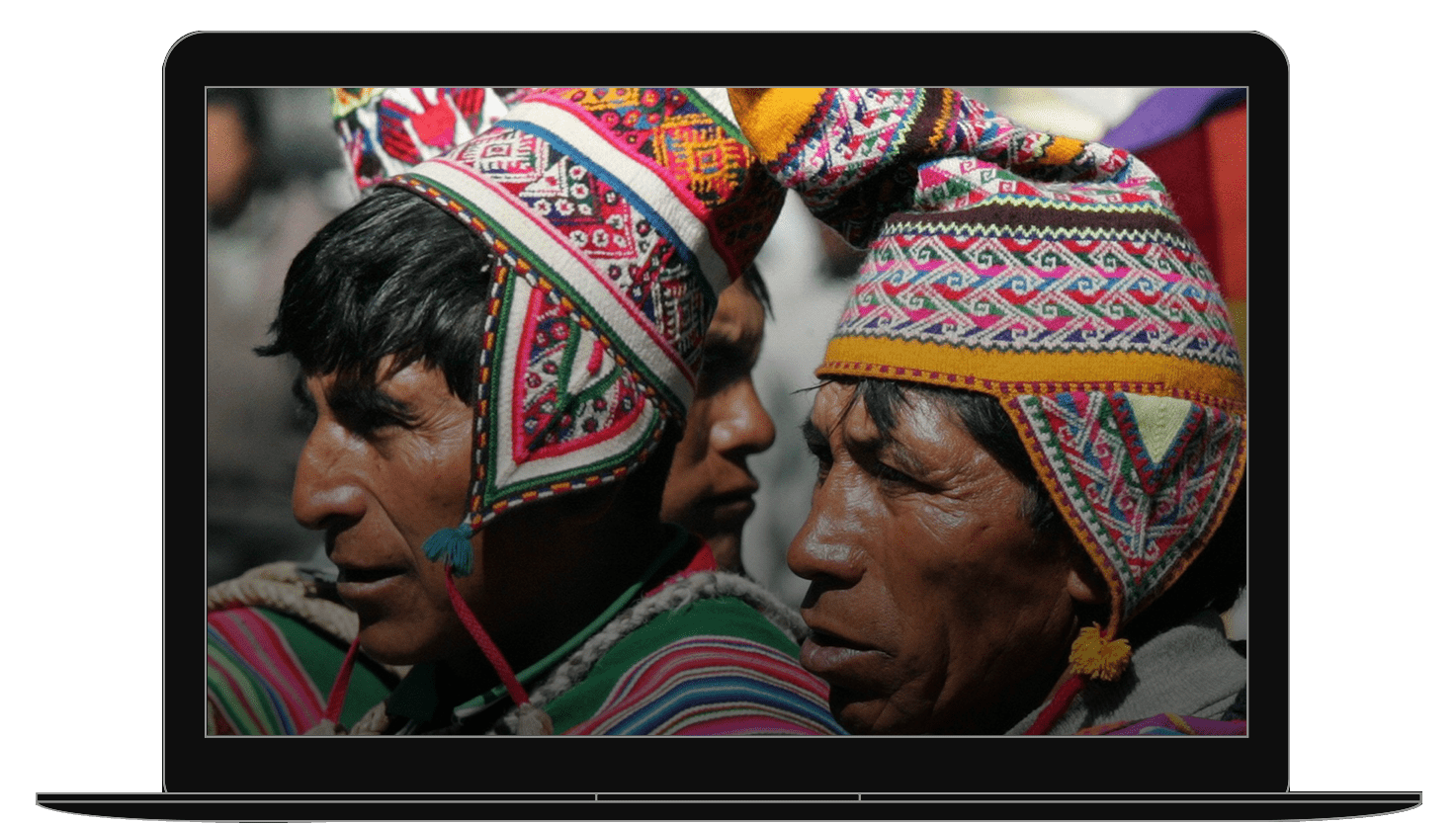
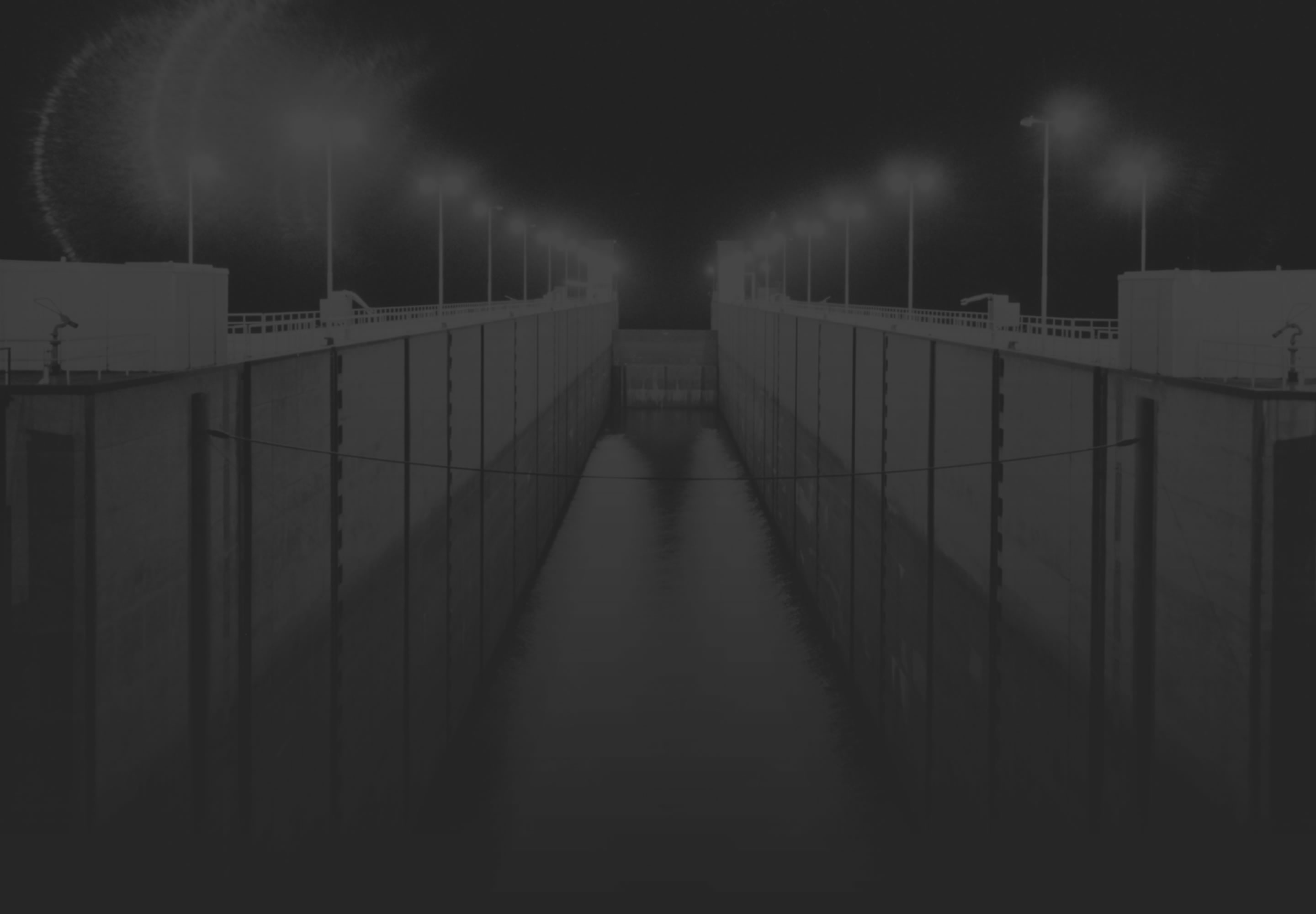
How to harness for the greater good one of the strongest rivers in the world.
To build the Yaciretá hydroelectric plant an important amount of money was invested, due to the fact that the South American nation in 2023 consumed approximately 676 TWh with a growth rate of 36%, starting from the beginning of the 21st century, greatly due to the ambitious objectives to extend the national grid: the nation was one of the first nations of Latin America to guarantee universal access to electricity, with a successful programme on rural markets that during the last years accelerated the connection of the most remote users.
Similarly, investment in hydroelectric production has accelerated the transition to renewable energy, complementing the projects launched to harness the region’s abundant solar and wind resources.
of Argentinian hydroelectric energy is produced by the Yacyretá plant





